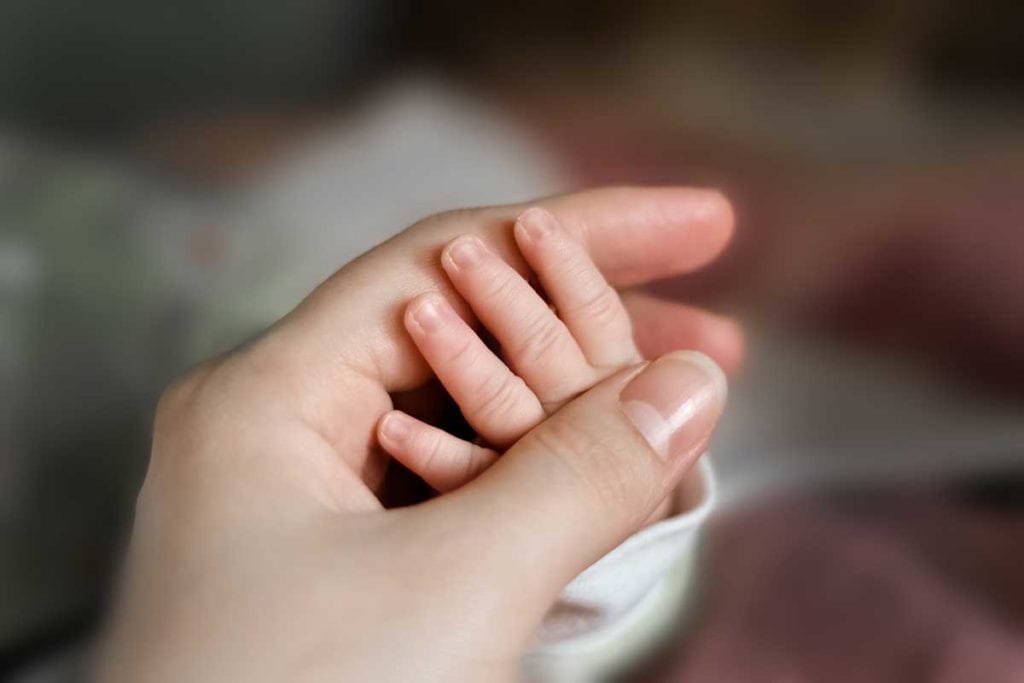This exam was developed to enable schools to award credit to students for knowledge equivalent to that learned by students taking the course. This exam covers topics such as biological development, perception, learning and memory, cognition and language. The exam contains 100 questions to be answered in 2 hours.
EXAM CONTENT OUTLINE
The following is an outline of the content areas covered in the examination. The approximate percentage of the examination devoted to each content area is also noted.
I. The Study of Lifespan Development – 12%
a. Models and Theories
b. Research Methods
c. Ethical Issues
II. Biological Development – 18%
a. Genetic Factors (including counseling)
b. Prenatal Development and Birth
c. Physical Development (nutrition, health)
d. Motor Development
e. Sexual Development
f. Neurological Development
g. Sensory Development
h. Aging Process
i. Dying and Death
III. Perception, Learning, and Memory – 15%
a. Perceptual Development
b. Learning, conditioning, and modeling
c. Memory (over the entire life span)
d. Executive Functioning
e. Attention and information Processing
IV. Cognition and Language – 20%
a. Cognitive-development Theory
b. Problem solving
c. Intelligence and intelligence testing, including criticism
d. Language development and theories
e. Social Cognition
V. Social, Emotional, and Personality Development – 35%
a. Personality and Emotional development
b. Social behaviors and development
c. Singlehood, cohabitation, marriage and family
d. Extra familial Settings (e.g., day-care, school, nursing home, hospice, college)
e. Occupational development and retirement
f. Adjustment to life changes and stresses
g. Bereavement and loss

